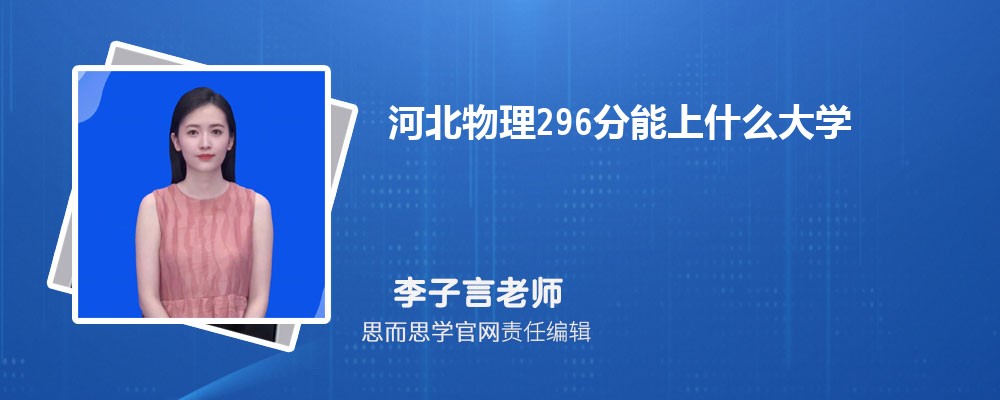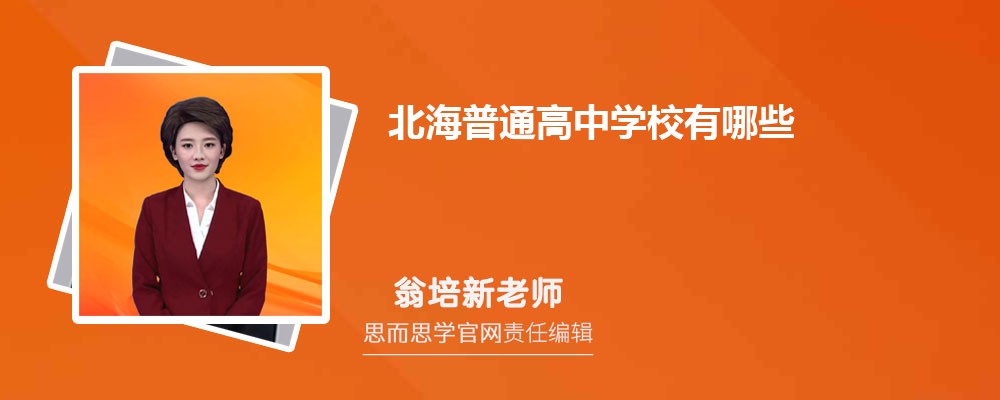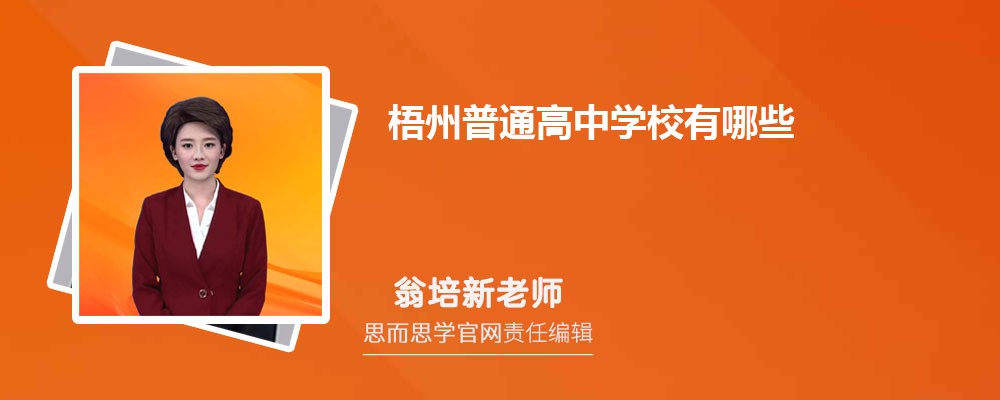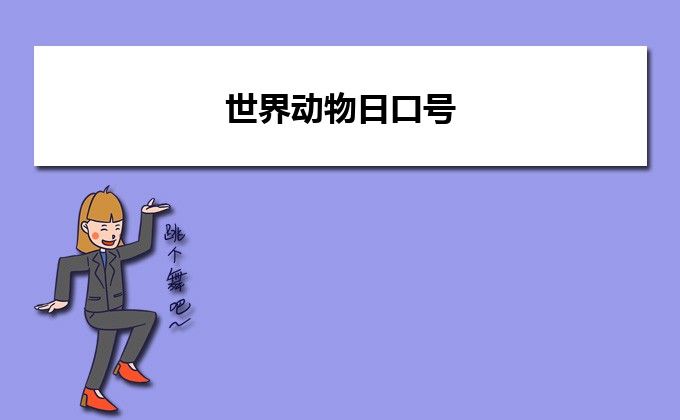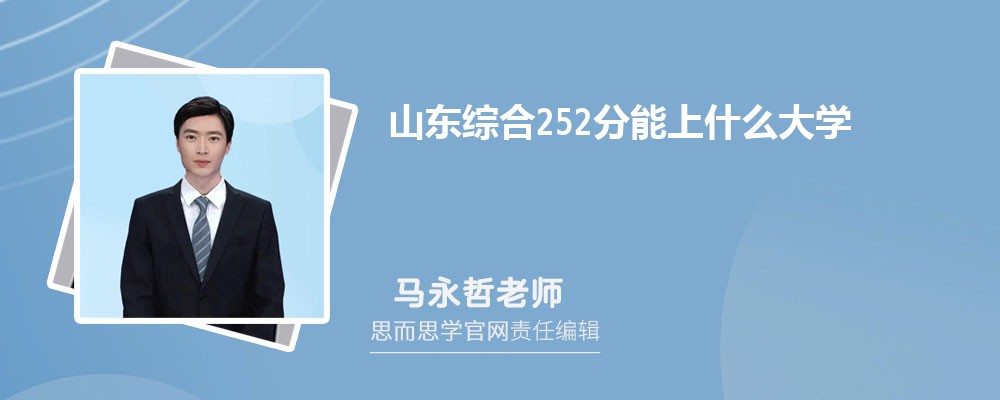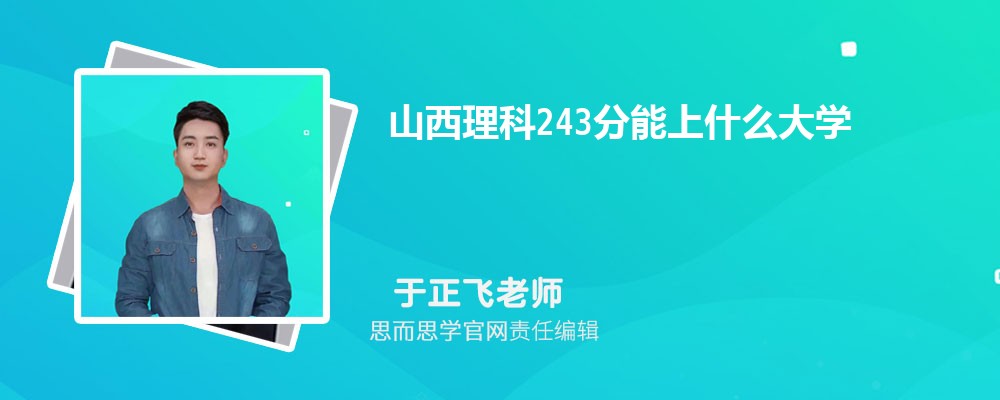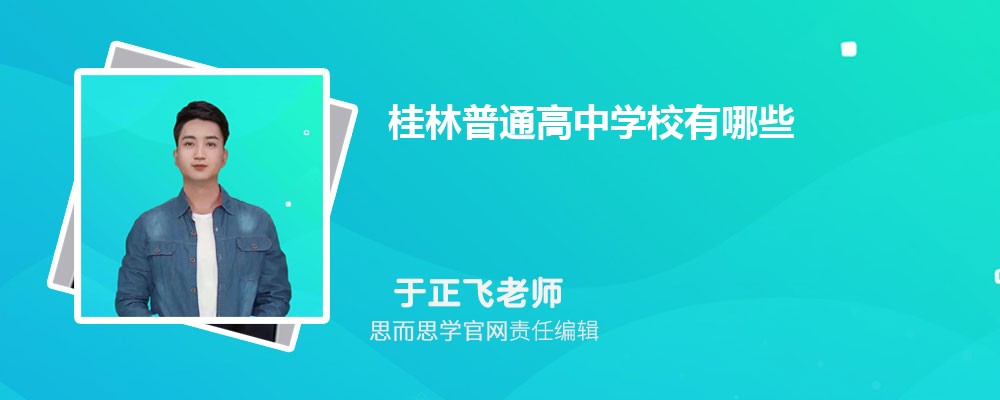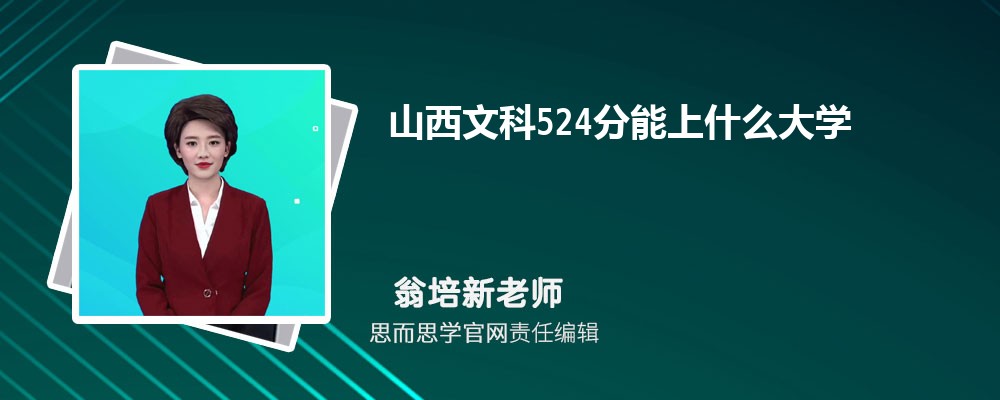元宵节的英文资料
mall dumpling balls made of glutinous rice flour. We call these balls Yuanxiao or Tangyuan. Obviously, they get the name from the festival itself. It is said that the custom of eating Yuanxiao originated during the Eastern Jin Dynasty in the fourth centuty, then became popular during the Tang and Song periods. The fillings inside the dumplings or Yuansiao are either sweet or salty. Sweet fillings are made of sugar, Walnuts(胡桃), sesame, osmanthus flowers(桂花), rose petals, sweetened tangerine peel, bean paste, or jujube paste(枣泥). A single ingredient or any netbination can be used as the filling . The salty variety is filled with minced meat, vegetables or a mixture. The way to make Yuanxiao also varies between northern and southern China. The usual method followed in southern provinces is to shape the dough of rice flour into balls, make a hole, insert the filling, then close the hole and smooth out the dumpling by rolling it between your hands. In North China.
元宵节的中文资料
每年农历的正月十五日,春节刚过,迎来的就是中国的传统节日--元宵节。 正月是农历的元月,古人称夜为“宵”,所以称正月十五为元宵节。正月十五日是一年中第一个月圆之夜,也是一元复始,大地回春的夜晚,人们对此加以庆祝,也是庆贺新春的延续。元宵节又称为“上元节”。 按中国民间的传统,在这天上皓月高悬的夜晚,人们要点起彩灯万盏,以示庆贺。
出门赏月、燃灯放焰、喜猜灯谜、共吃元宵,合家团聚、同庆佳节,其乐融融。 元宵节也称灯节,元宵燃灯的风俗起自汉朝,到了唐代,赏灯活动更加兴盛,皇宫里、街道上处处挂灯,还要建立高大的灯轮、灯楼和灯树,唐朝大诗人卢照邻曾在《十五夜观灯》中这样描述元宵节燃灯的盛况“接汉疑星落,依楼似月悬。” 宋代更重视元宵节,赏灯活动更加热闹,赏灯活动要进行5天,灯的样式也更丰富。
明代要连续赏灯10天,这是中国最长的灯节了。清代赏灯活动虽然只有3天,但是赏灯活动规模很大,盛况空前,除燃灯之外,还放烟花助兴。 “猜灯谜”又叫“打灯谜”,是元宵节后增的一项活动,出现在宋朝。南宋时,首都临安每逢元宵节时制迷,猜谜的人众多。开始时是好事者把谜语写在纸条上,贴在五光十色的彩灯上供人猜。因为谜语能启迪智慧又饶有兴趣,所以流传过程中深受社会各阶层的欢迎。 民间过元宵节吃元宵的习俗。
元宵由糯米制成,或实心,或带馅。馅有豆沙、白糖、山楂、各类果料等,食用时煮、煎、蒸、炸皆可。起初,人们把这种食物叫“浮圆子”,后来又叫“汤团”或“汤圆”,这些名称“团圆”字音相近,取团圆之意,象征全家人团团圆圆,和睦幸福,人们也以此怀念离别的亲人,寄托了对未来生活的美好愿望。 一些地方的元宵节还有“走百病”的习俗,又称“烤百病”“散百病”,参与者多为妇女,他们结伴而行或走墙边,或过桥,走郊外,目的是驱病除灾。 随着时间的推移,元宵节的活动越来越多,不少地方节庆时增加了耍龙灯、耍狮子、踩高跷、划旱船扭秧歌、打太平鼓等传统民俗表演。这个传承已有两千多年的传统节日,不仅盛行于海峡两岸,就是在海外华人的聚居区也年年欢庆不衰。
